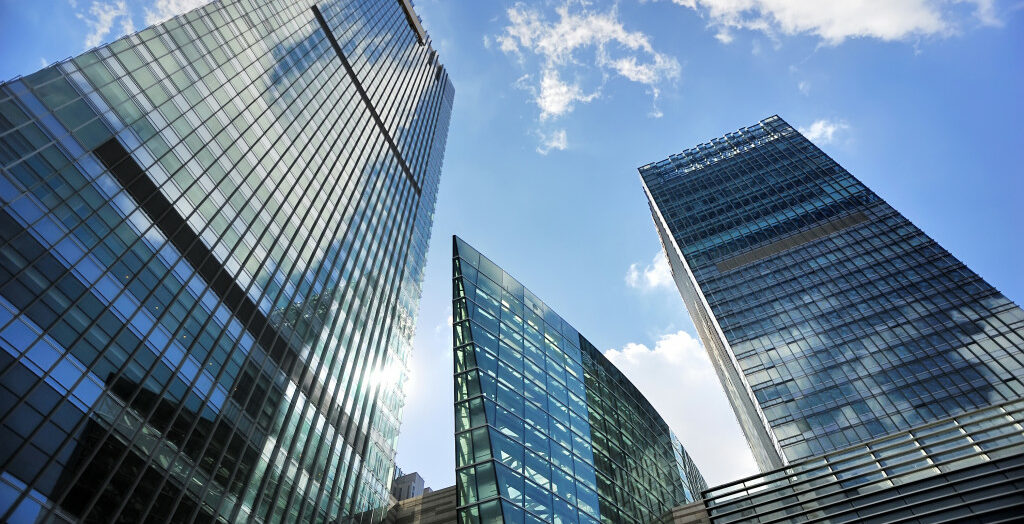- Regular cleaning and maintenance are essential to maintain an efficient office building.
- Energy-efficient systems and practices, such as LED lighting and smart thermostats, can reduce energy consumption and operational costs.
- Indoor air quality and comfort should be ensured through regular HVAC maintenance, humidity control, and adequate ventilation.
- Design and ergonomics can reduce injuries and strains and improve employee comfort.
- Communication and feedback are important to stay in touch with occupants and gather insights on office building conditions.
Maintaining an office building efficiently is crucial, especially since employees spend a considerable amount of time in the workspace, and it can impact their productivity, health, comfort, and safety. Efficient building maintenance involves keeping every system and component in good working order, monitoring and reducing energy consumption, ensuring optimal indoor air quality, and creating a pleasant and functional environment for everyone. Here’s everything that goes into maintaining an office building efficiently and why it matters for the success and reputation of your business.
Regular Cleaning and Maintenance
One of the primary aspects of efficient building maintenance is cleaning, which can help prevent the spread of germs, allergens, and odors, as well as enhance the aesthetics and lifespan of furniture, fixtures, and surfaces.
Regular cleaning involves vacuuming and mopping floors, wiping surfaces and appliances, washing windows, sanitizing restrooms, and dusting vents and ceiling tiles. Make sure to use the right cleaning solutions for each surface and read labels for safety instructions.
Additionally, professional maintenance may be necessary for any specialized equipment or systems in your building. This can range from repairing plumbing issues to fixing electronic systems such as elevators and alarm systems.

Energy-Efficient Systems and Practices
Another critical element of an office building is energy efficiency, which can reduce operational costs, minimize environmental impact, and enhance occupant comfort and health. Energy-efficient systems and practices involve using:
LED Lighting
LED lighting is a great way to reduce energy consumption and upgrade the lighting quality in an office building. LED lights use less electricity and are rated to last up to 25 times longer than standard incandescent bulbs, which means fewer replacements, lower maintenance costs, and reduced environmental impact. LEDs also produce less heat plus offer better color accuracy and improved lighting quality.
Smart Thermostats
Smart thermostats are a great way to save money on energy costs while maintaining comfortable temperature levels. This type of device uses sensors to detect when people are in the room and adjust temperatures accordingly, turning off the heating or cooling system when no one is present. Smart thermostats can also be controlled remotely with an app, providing greater convenience and energy savings.
Energy-efficient Appliances
Replacing older appliances with energy-efficient models can significantly reduce operational costs. Look for ENERGY STAR-rated products which use 10-15% less energy than standard models and meet or exceed specific energy efficiency requirements.
Indoor Air Quality and Comfort
The quality of indoor air can significantly impact employee health, productivity, and satisfaction, as well as the reputation of your business. Poor indoor air quality can cause respiratory issues, headaches, fatigue, and allergies and may result from inadequate ventilation, fungal growth, chemical emissions, or dust and debris accumulation. Here’s how to prevent these:
Regular HVAC Maintenance
Ensuring the HVAC system is well-maintained and providing good quality outdoor air are essential for indoor air quality. Hiring an experienced air duct cleaner is recommended, as they can remove dust buildup and reduce contaminants in the air. This involves replacing filters regularly, scheduling preventive maintenance, and checking for mold or other contaminants in the building.
Humidity Control
High humidity levels can create a breeding ground for mold, mildew, allergens, and bacteria. It’s important to keep relative humidity levels between 30-50% through the use of dehumidifiers or air conditioners.
Adequate Ventilation
Good ventilation can reduce moisture levels, improve air quality, and ensure good airflow in the workspace. To achieve this, consider using fans and open windows to bring in fresh air from outside and exhaust stale air through vents.

Design and Ergonomics
The design and ergonomics of an office building can impact employee comfort, as well as reduce injuries and strains. Efficient office design involves optimizing natural light and space, avoiding clutter, providing comfortable and adjustable furniture and equipment, promoting movement and collaboration, and utilizing sustainable and non-toxic materials.
Ergonomics in the workplace focuses on adapting tasks, tools, and environments to fit the human physique and capabilities, preventing musculoskeletal disorders, eye strain, and cognitive fatigue. You can also conduct ergonomic assessments and training to ensure that employees are using equipment and performing tasks safely and efficiently.
Efficient building maintenance also involves communicating with tenants and employees about the strategies, goals, and challenges of maintaining a healthy, safe, and productive workplace. You can establish communication channels, such as meetings, surveys, suggestion boxes, or newsletters, to gather feedback and insights from occupants.
Maintaining an efficient office building requires a comprehensive approach that addresses the needs and expectations of occupants, the environment, and the business. It involves regular cleaning and maintenance, energy-efficient systems and practices, indoor air quality and comfort, design and ergonomics, and communication and feedback. By implementing these strategies, you can create a healthy, safe, comfortable, and productive workplace that enhances the employee experience and the reputation of your business.






